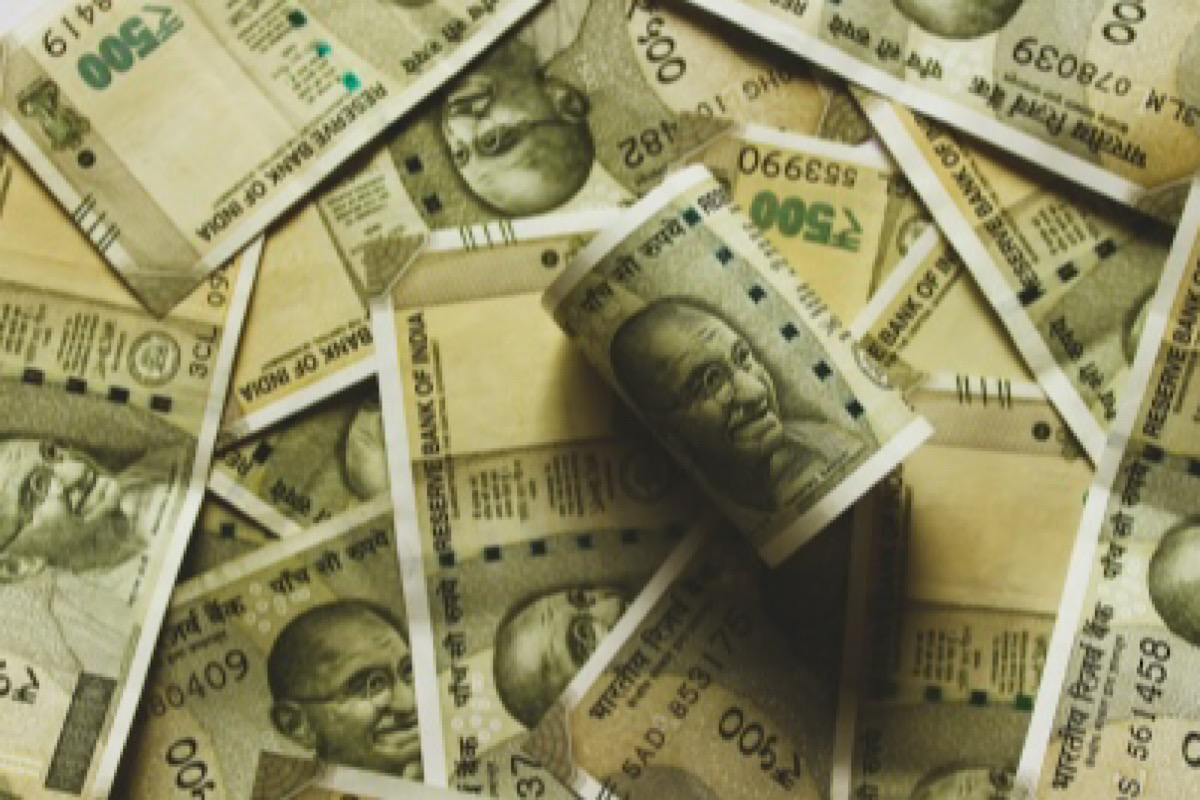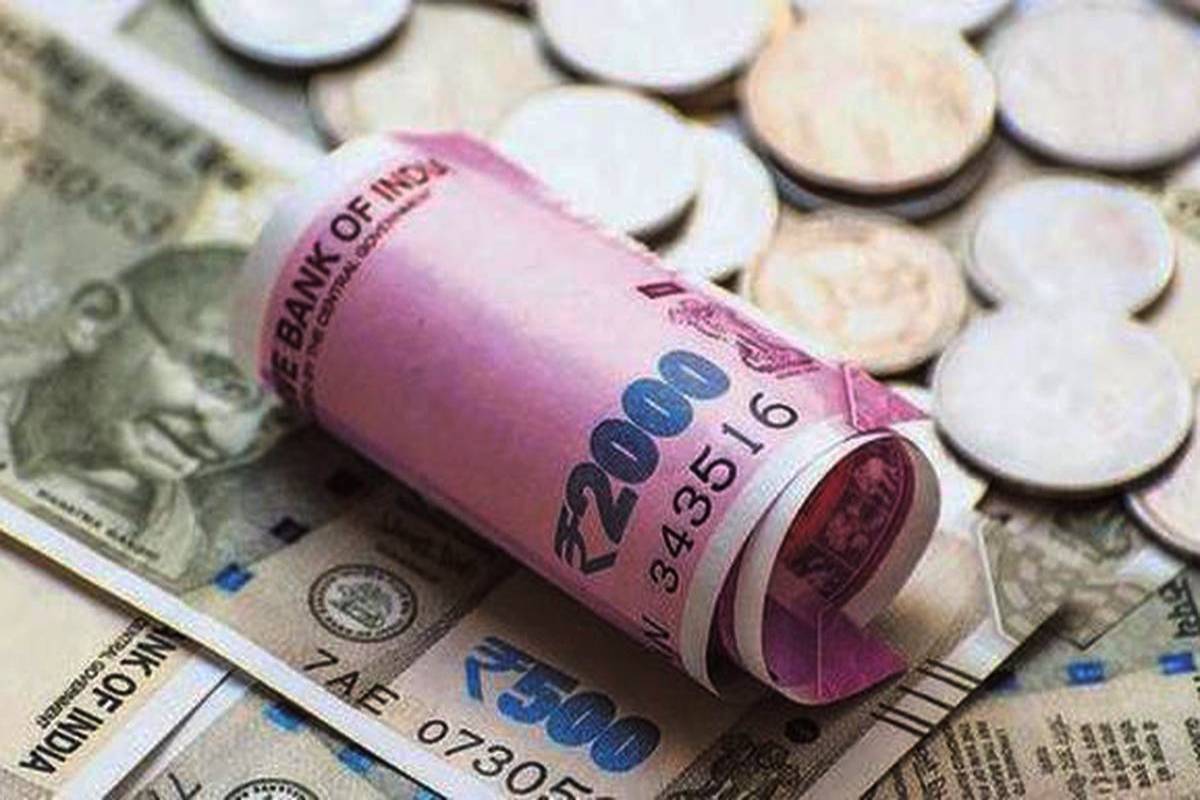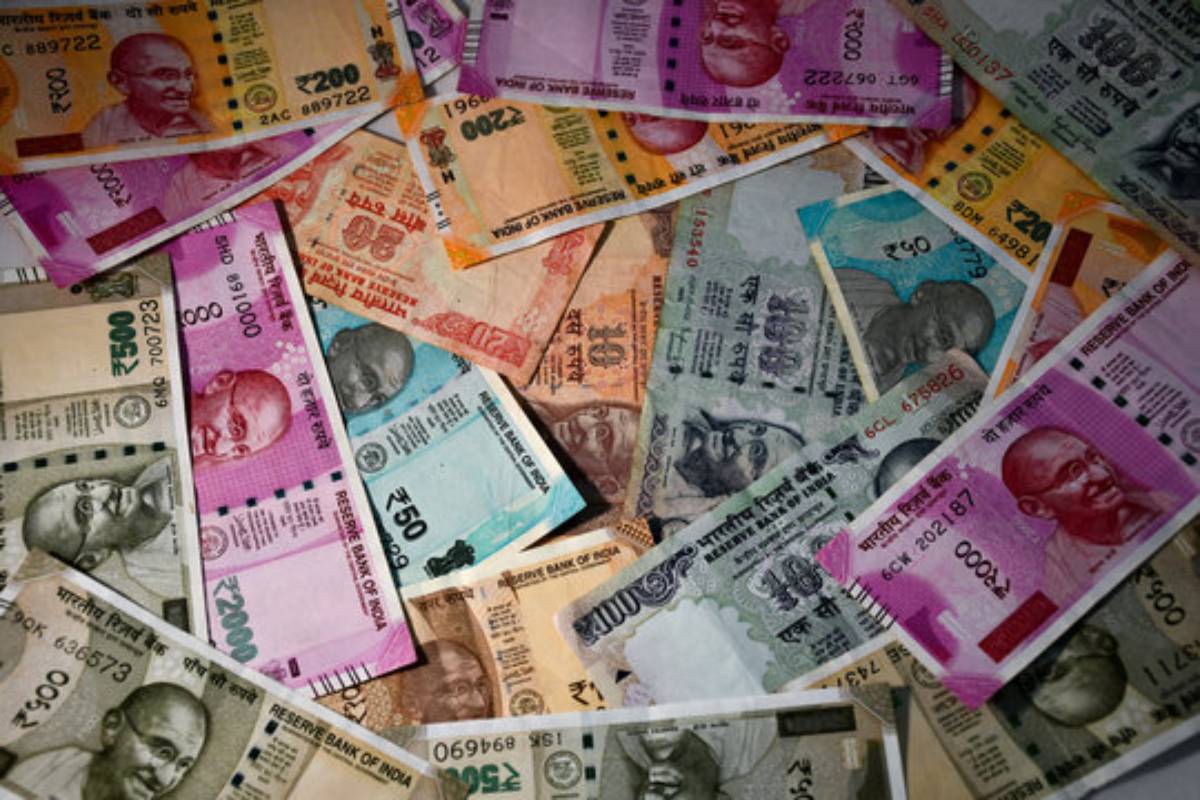Rupee’s struggle
The Indian rupee’s recent struggles underscore the intricate dynamics of global and domestic factors influencing its value.

The Indian rupee’s recent struggles underscore the intricate dynamics of global and domestic factors influencing its value.

The Reserve Bank of India (RBI) in its report highlighted that the Real Effective Exchange Rate (REER) of the Indian Rupee increased to 108.14 in November 2024 from 107.20 in October 2024.

The Indian rupee has breached the significant psychological barrier of 85 against the US dollar, marking an all-time low amid a confluence of domestic and global pressures.

The Indian rupee’s stability, despite external pressures from weak Asian currencies and rising US bond yields, highlights a nuanced approach by the Reserve Bank of India (RBI) in managing the currency.

The Indian rupee’s recent behaviour, hovering just shy of 84 a dollar, has been a focal point of discussion in financial circles. On Tuesday, the currency closed at 83.97, marginally above its previous alltime low of 83.9725, thanks to the Reserve Bank of India's (RBI) timely intervention.
BSESENSEX lost 1,449.08 points or 1.92 per cent to close at 73,961.31 points, while NIFTY lost 426.40 points or 1.86 per cent to close at 22,530.70 points.
There was a time when devaluation of a country’s currency was a national tragedy; devaluation of the Indian rupee in 1949, 1966 and 1991 caused widespread consternation, but with the adoption of floating exchange rates the rupee is devalued almost daily, with few people, if any, even noting the falling value of the rupee.
Markets were on a smooth course during the last week until a tsunami hit them on Wednesday. Even two trading sessions later what happened on that day remains a mystery.
The Indian rupee is facing headwinds as higher yields on US bonds and rising crude oil prices in the global market have firmed up the demand for dollars.
It was a topsy-turvy week that went by. Markets were flat for the first two trading sessions, and then gained, lost and ended the week with gains.
